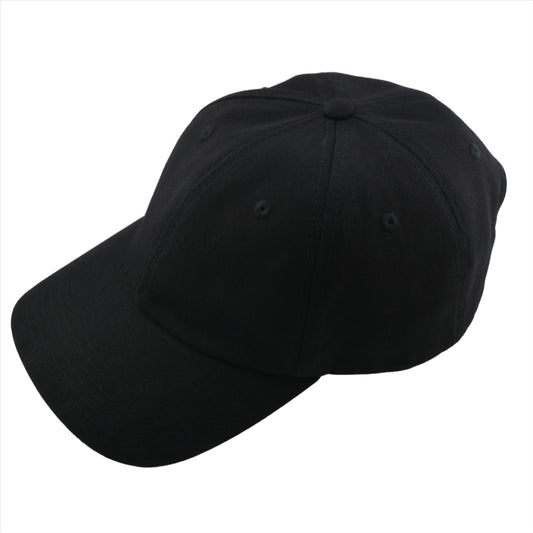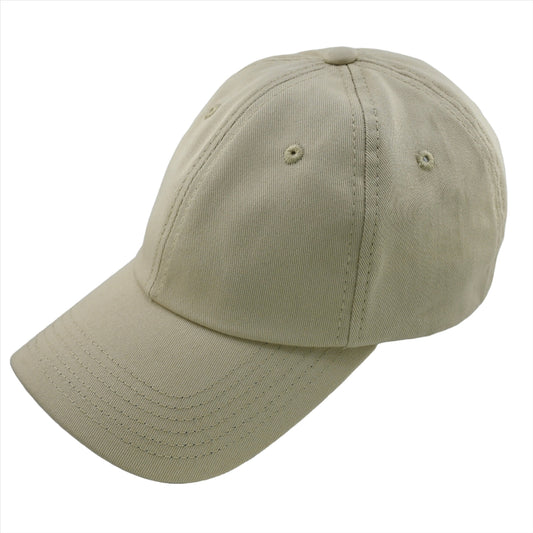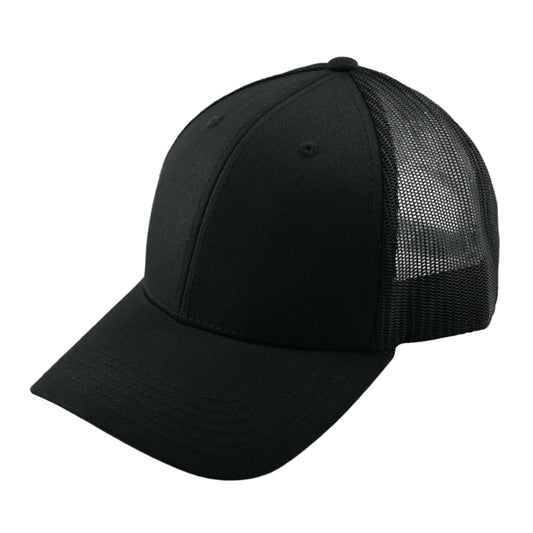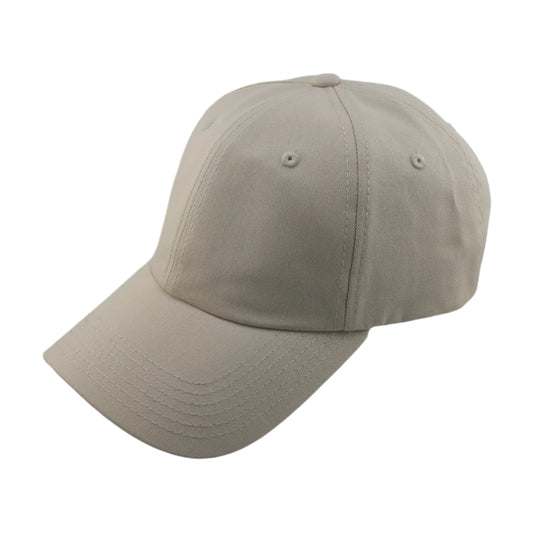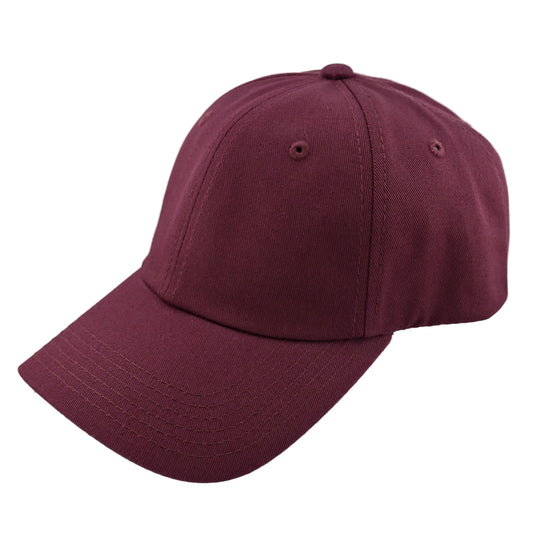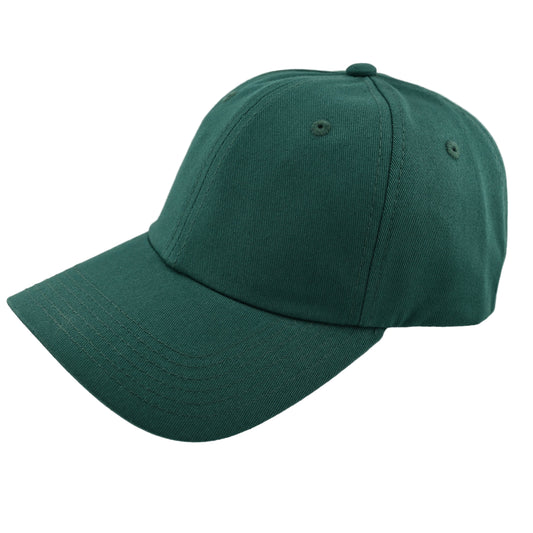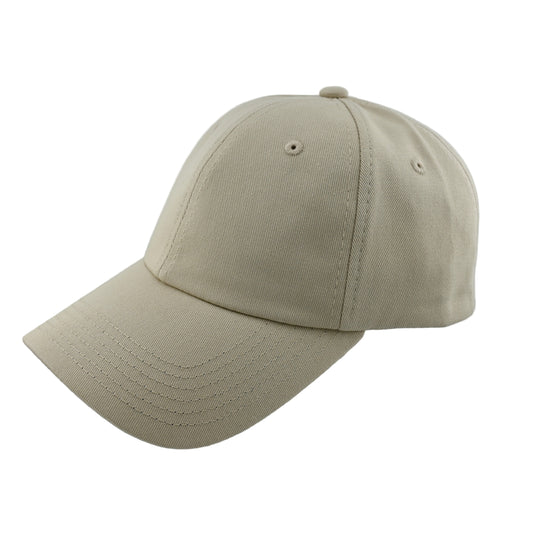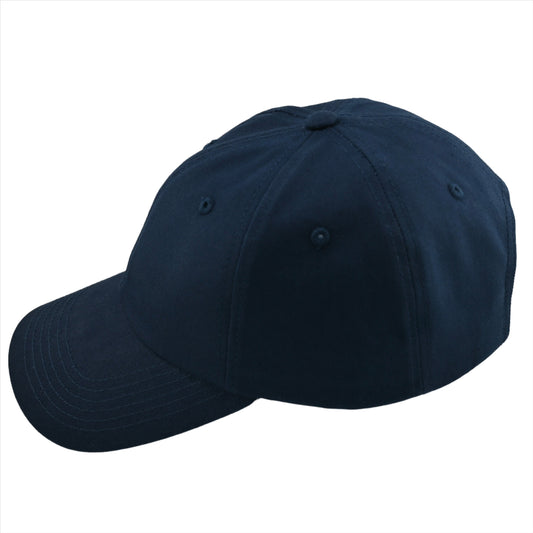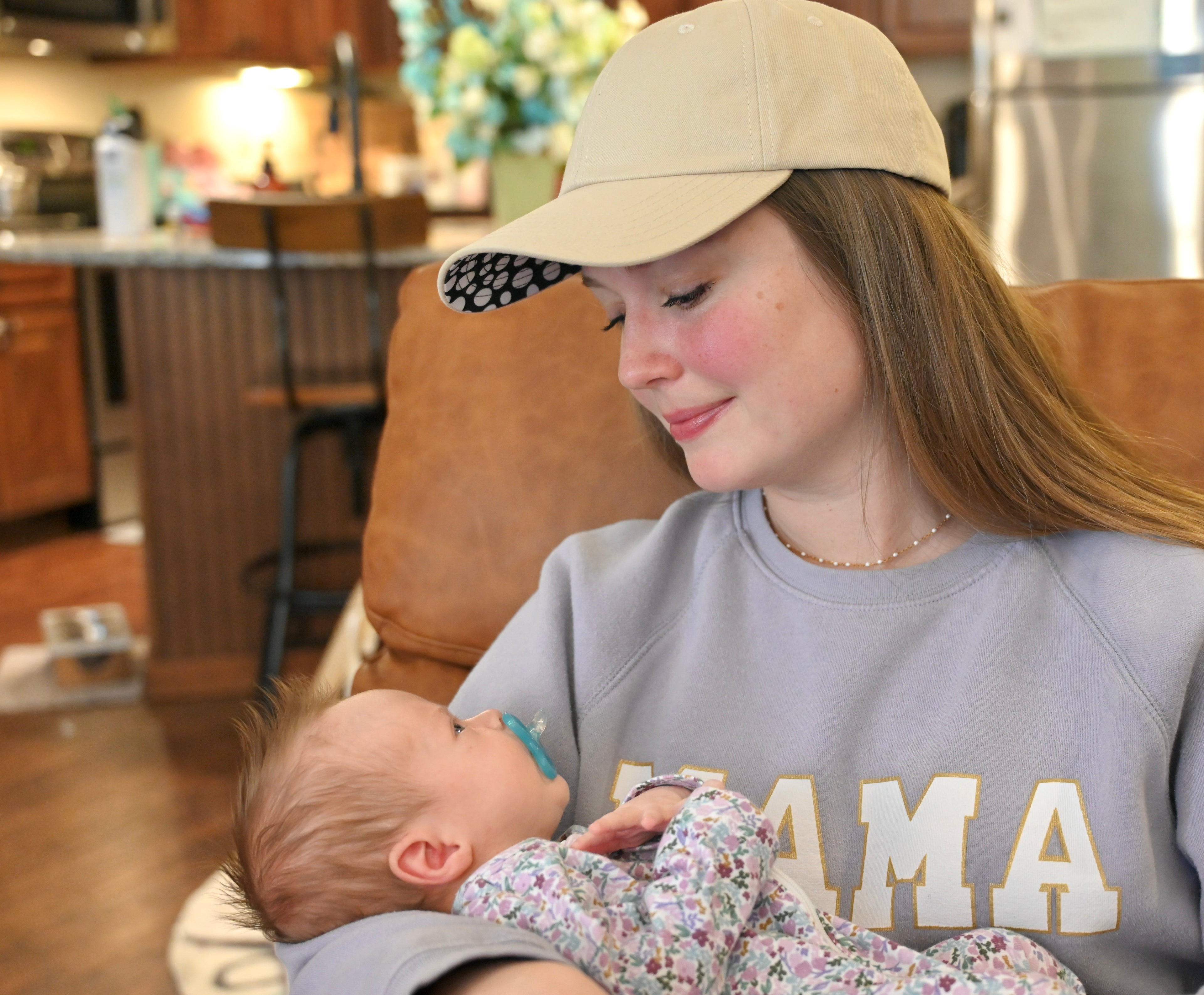
A hat designed for new parents to wear and newborns to look at!

New colors now available!

Check out the benefits of high contrast patterns for newborns.

Our hats are patent pending!
Popular Styles
-
Hidden V's - Black
5.0 / 5.0
(7) 7 total reviews
Regular price $40.00 USDRegular priceUnit price / per -
Looking at Flowers - Black
5.0 / 5.0
(4) 4 total reviews
Regular price $40.00 USDRegular priceUnit price / per -
High Contrast Pattern Sticker Pack (4)
Regular price $12.00 USDRegular priceUnit price / per -
Seeing Spots - Neutral
5.0 / 5.0
(1) 1 total reviews
Regular price $35.00 USDRegular priceUnit price / per$40.00 USDSale price $35.00 USDSale -
Hidden V's - Trucker Hat - 6 Panel
5.0 / 5.0
(1) 1 total reviews
Regular price $45.00 USDRegular priceUnit price / per -
Between the Lines - Neutral
Regular price $40.00 USDRegular priceUnit price / per$40.00 USDSale price $40.00 USD -
Hidden V’s - Maroon
Regular price $40.00 USDRegular priceUnit price / per -
Seeing Spots - Forest Green
Regular price $40.00 USDRegular priceUnit price / per
New Colors Have Arrived!
-
Between the Lines - Forest Green
Regular price $40.00 USDRegular priceUnit price / per -
Hidden V’s - Maroon
Regular price $40.00 USDRegular priceUnit price / per -
Between the Lines - Maroon
Regular price $40.00 USDRegular priceUnit price / per -
Seeing Spots - Forest Green
Regular price $40.00 USDRegular priceUnit price / per -
Looking at Flowers - Forest Green
Regular price $40.00 USDRegular priceUnit price / per -
Hidden V’s - Forest Green
Regular price $40.00 USDRegular priceUnit price / per -
Looking at Flowers - Maroon
Regular price $40.00 USDRegular priceUnit price / per -
Looking at Flowers - Neutral
Regular price $40.00 USDRegular priceUnit price / per -
Seeing Spots - Maroon
Regular price $40.00 USDRegular priceUnit price / per -
Looking at Flowers - Navy
Regular price $40.00 USDRegular priceUnit price / per
Let customers speak for us
from 37 reviewsNice gift for the Mom and Dad at their Baby Shower. I bought one of each V black and white line designs to help baby's eye development.

My husband has a larger head and usually wears a normal trucker hat on the last snap. The larger size hat is perfect and he loves it. He was pleasantly surprised how well it fit his head!

We got 2 hats and both are amazing quality and exceeded our expectations! We love the designs and are excited to use them for our new baby.

Purchased as a gift, love the hat

I gave this to my sister-in-law and she loves the cute hat and her baby loves staring at the pattern!!

This hat fits great! I have been wearing it on nearly every outing with our baby since it came!

I got this for my husband (who's a hat guy) he loves wearing while with our daughter. It's great quality and she has no problem tracking and focusing.

I bought this hat as a birthday gift for my brother, who just became a new dad. Within minutes, my niece was staring up at the V-shapes bill. We love it!

Comfortable, cute, and both my three month old and two year old love it!

This hat is great! Baby loves it, it’s comfy, and stops baby from looking at my ugly mug all day. Win-win!

My husband loved this as his favorite hats are the ‘47s and they’re so similar. It looks great on him too!

How Newborns See & Why High-Contrast Patterns Help
High-contrast patterns match what newborns can actually see. They grab your baby’s attention, help them practice early eye and brain skills, and support healthy visual development — all within that 8–12 inch sweet spot.
How far can newborns see?
Newborns can see best at 8–12 inches from their face — about the distance from your baby’s eyes to your face when you hold them.
Why High-Contrast Patterns Matter
Even though a newborn’s vision is still developing, they are active lookers. Their eyes are naturally drawn to things that are easy to see, especially:
- Black-and-white patterns
- Bold, simple shapes
- Strong edges and outlines
These high-contrast images stand out more clearly to them than softer or pastel colors.
Benefits for Your Baby’s Visual Development
1. Helps babies find something to look at
Newborns automatically look toward areas of strong contrast because it’s easier for their immature eyes to detect.
2. Encourages early attention and focus
High-contrast edges act like visual “anchors,” giving babies something clear to fix their gaze on.
3. Supports healthy eye movement's
Bold patterns help babies practice:
- Saccades (quick jumps from one spot to another)
- Tracking (following a moving object)
These skills develop rapidly in the first months.
4. Provides strong signals for the developing brain
Because newborns’ brains respond best to simple, high-contrast information, these patterns help “train” early visual pathways.
5. Boosts learning through experience
Newborns learn by looking. When the world includes clear, high-contrast shapes, babies naturally spend more time exploring visually, which supports overall visual-cognitive growth.


